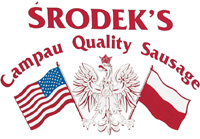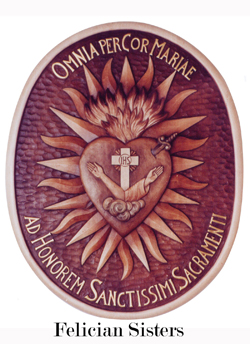|
KRAKOW. March 30, 2007
Once an hour, on the hour, within the Grand Square of Krakow, the computer in St. Mary’s bell tower reminds Zygmunt Rozum that it’s time to blow his horn.
Rozum , clad in regimental blue, stands in the window of St. Mary’s taller tower and plays a plaintive melody on his trumpet. As one of eight trumpeters assigned to the tower, Rozum’s tune, by tradition breaks off mid-melody to commemorate a 13th century trumpeter who was shot in the throat while sounding the alarm before the Mongol attack on the city.
We lugged all the equipment up several hundred steps to film Rozum at his work and found a decked out apartment with stove, fridge and twenty-first century electronics which keep him from dozing at the post. However, when asked if he ever missed his hourly constitutional, he shrugged, “I’m only human…”
Now as in the Middle Ages, the Grand Square is the focus of the city life. Residents and visitors alike meet here, do business and shop, to do business, to shop in numerous stores, and to enjoy themselves in myriad restaurants, cafés and clubs. During our trip, it was the central location to purchase the beautiful, hand-fabricated palms that would be used the following day at the sacred Palm Sunday blessing.
Having taken interest in ‘Our Polish Story’, a local cable station sent a team out for an impromptu interview of our team, especially our tour guide Barbara. It took place in a Japanese cultural center (ironic) because the site overlooked the limestone outcrop known as Wawel, atop which rises the Royal Castle and the Wawel Cathedral, Poland's national sanctuary.
At the base of Wawel is one of the city’s most popular attractions, the fire-breathing statue of Smok Wawelski, the Dragon of Wawel Hill. Legend has it that he lived in a cave beneath the Castle and the statue, every few minutes, belches a blast of propane flame. It’s one of those ‘ya gotta’ photo ops for tourists.
|







